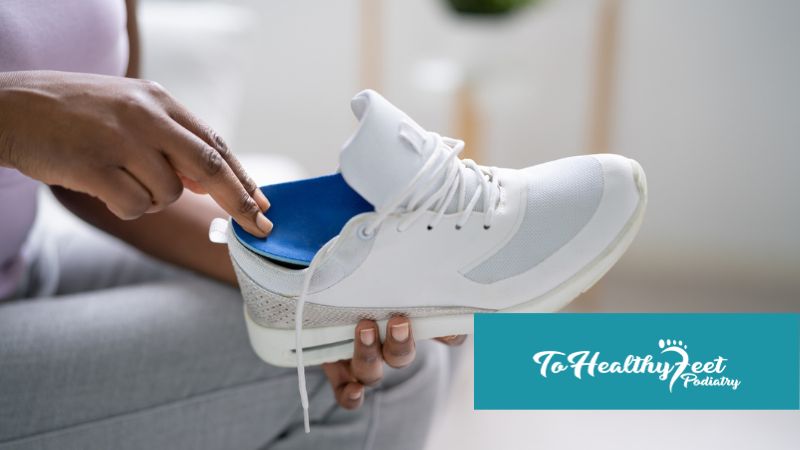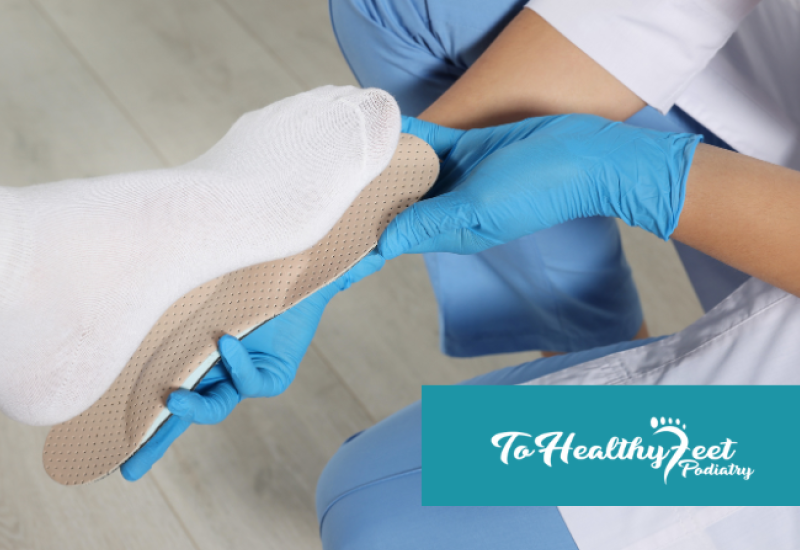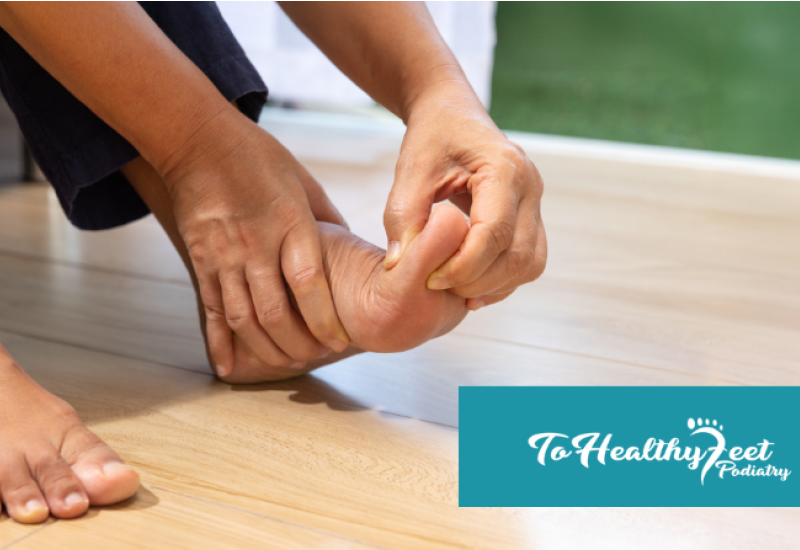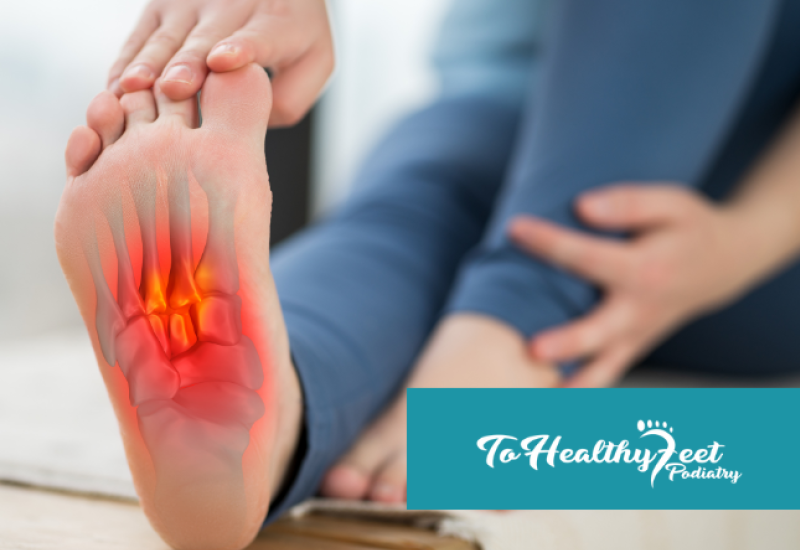Choosing the right orthotics can be a transformative step towards better foot health, particularly if you're dealing with foot pain or discomfort. Orthotics are designed to support, align, and improve the function of your feet. With so many options available, finding the perfect fit can feel overwhelming. At To Healthy Feet Podiatry in New York, we understand that every foot is unique, and we're here to help you make an informed decision. Here are three essential tips for selecting the right orthotics for your specific foot type.
1. Understand Your Foot Type and Its Needs
-
Identifying Your Foot Type
The first step in choosing the right orthotics is understanding your foot type. Feet generally fall into three categories: flat, neutral, or high-arched. Flat feet often require more support to prevent overpronation, while high-arched feet may need extra cushioning to absorb shock. Neutral feet typically need a balanced orthotic that provides moderate support.
-
Assess Your Foot Function
Consider how your foot functions during daily activities. Are you dealing with pain while walking, running, or standing for long periods? Identifying these functional issues can help in selecting orthotics that address specific concerns, such as arch support, cushioning, or alignment.
Tip: Consult a podiatrist to get a professional assessment of your foot type and any underlying issues. This assessment can guide you in selecting orthotics that meet your individual needs.
2. Choose the Right Material and Design
-
Consider Material Options
Orthotics come in various materials, including foam, gel, and custom-molded options. Foam orthotics offer excellent cushioning and are ideal for those needing extra comfort. Gel orthotics provide shock absorption and are great for high-impact activities. Custom-molded orthotics, made from materials like thermoplastics, offer precise support tailored to your foot’s shape.
-
Select the Appropriate Design
The design of the orthotic is also crucial. Some orthotics offer additional support for specific areas like the arch or heel, while others provide more general support. If you have specific issues such as plantar fasciitis or metatarsalgia, look for orthotics designed to address those problems.
Tip: Choose orthotics based on your activity level and foot issues. For athletes or active individuals, durability and shock absorption are key, while those with more sedentary lifestyles might prioritize comfort and support.
3. Ensure Proper Fit and Comfort
-
Fit Is Key
Orthotics must fit properly in your shoes to be effective. Ill-fitting orthotics can lead to more problems rather than solving existing ones. Make sure to try the orthotics in the type of shoes you wear most often. Some orthotics are designed to be trimmed for a custom fit, while others may come in various sizes.
-
Comfort Matters
Comfort is essential when it comes to orthotics. You should feel immediate relief and support once the orthotics are in place. If you experience any discomfort or pain, it’s a sign that they may not be the right fit for you. It can take some time for your feet to adjust to new orthotics, so wear them gradually to allow your feet to adapt.
Tip: Always try orthotics on in the context of your everyday footwear and activities. If possible, test them out with different types of shoes to ensure they provide consistent comfort and support.
Selecting the right orthotics involves understanding your foot type, choosing the appropriate materials and design, and ensuring a proper fit. By considering these factors, you can make an informed decision that will enhance your comfort and support your overall foot health. At To Healthy Feet Podiatry, we're committed to helping you find the perfect orthotics tailored to your unique needs. If you have any questions or need personalized advice, don’t hesitate to reach out to us. Your feet deserve the best care, and the right orthotics can make all the difference in your daily comfort and well-being.
Written on behalf of To Healthy Feet Podiatry.
FAQs
Q: How can I determine my foot type to choose the right orthotics?
A: You can determine your foot type by assessing the arch and the way your foot contacts the ground. Flat feet, high arches, and neutral feet each have different support needs. Consulting a podiatrist for a professional evaluation is the best way to accurately identify your foot type and choose appropriate orthotics.
Q: What materials are commonly used in orthotics, and which is best for me?
A: Common orthotic materials include foam, gel, and custom-molded plastics. Foam provides cushioning, gel offers shock absorption, and custom-molded plastics deliver precise support. The best material depends on your specific needs: foam for comfort, gel for impact activities, or custom options for personalized support.
Q: Are there any specific orthotics recommended for athletes or runners?
A: Athletes and runners often benefit from orthotics designed for shock absorption and enhanced support. Look for orthotics with gel cushioning or custom-molded options that provide stability and reduce impact. Consulting with a podiatrist can help you select orthotics that match your activity level and specific needs.




